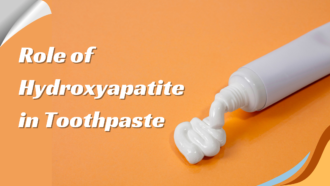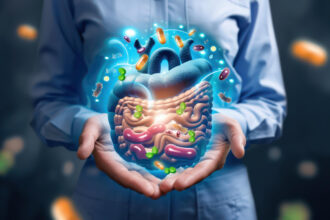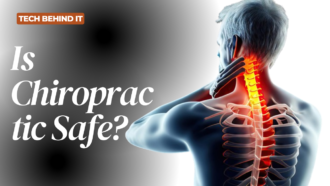Symptoms and Diagnosis of Caries in Children
Don’t waste time thinking that illnesses will go away with losing baby teeth. The state of the oral cavity is directly related to the health of the entire child’s body. Caries, inflammation and other problems provoke the formation of toxins that are absorbed into the bloodstream and affect vital organs: heart, kidneys, liver, and brain. To prevent unpleasant consequences, consult a specialist – take your child to the dentist!
Teeth are destroyed by bacteria that settle and live in plaque. This substance (plaque) is a yellow-whitish film consisting of the protein components of saliva and sugary substances. As a result of the multiplication of bacteria in the thickness of dental plaque, food particles and glucose are broken down to acid. Here, the acid is active and destroys the enamel of the teeth. The so-called carious cavities, into which infection quickly penetrates, and the destruction process begins at a deeper level.
To prevent tooth decay in children, it is necessary to accustom them to proper oral hygiene from early childhood. That is, regularly remove plaque from the teeth. In addition, the oral hygiene of children with ADHD may require more attention. Particular attention should be paid to brushing and rinsing your mouth after eating.
Symptoms and Immediate Causes of Caries
To start the process of destruction of tooth enamel, the simultaneous presence of three factors is required:
- Presence of a place for bacteria to accumulate (usually plaque);
- High concentration of carbohydrates in the mouth;
- Lack of calcium and fluoride in the tooth tissues.
When the decay process spreads inward into the middle layers (dentin), the tooth becomes more sensitive to temperature changes and the touch. As the decay continues, the inflammatory process reaches the tooth’s centre (pulp), resulting in inflammation (pulpitis) in toothache. At this stage, the inflammation affects the nerve. If that happens, your dentist may suggest getting a root canal or dental implants if the affected tooth is permanent.
The main symptoms of caries are the formation of visible cavities with the naked eye and the occurrence of pain. Subsequently, with the addition of third-party infections, it is possible to develop periodontitis (an inflammatory process covering all tooth tissues), the formation of a focus of suppuration (flux), fraught with very formidable complications.
Diagnosis of dental enamel caries in children
Caries in children develop at different rates. It can be discovered accidentally during a routine dental check-up before the person experiences the first symptoms. In other cases, a person may experience common early signs, such as sensitivity to hot and cold liquids or localized discomfort after eating sweet and sour foods.
A dentist can suspect tooth decay if he finds dark spots on the tooth enamel during a visual examination. The front teeth can be checked for decay by using dental highlights. This method is called transillumination. Areas of decay, especially between teeth, will appear as noticeable shadows, while healthy teeth will give an even light distribution. X-rays can confirm the presence of cavities under the tooth enamel, called cervical caries, and the degree of decay. The dentist makes the final clinical diagnosis by probing the enamel with a particular instrument.
Tooth decay and cracks can be differentiated from dark shadows in the crevices of the chewing surfaces by using a dye that selectively stains those parts of the tooth that have suffered the loss of calcium and fluoride minerals. These parts are particularly susceptible to the formation of cavities. The dentist can also use this dye to determine if caries have been completely removed from the cavity before filling.
The harm caused to a child by caries as a result of improper use of the bottle is often not diagnosed until the child is faced with a severe problem in the form of toothache. This is because many parents do not adhere to the regular dental check-up schedule for their young children. It is recommended that a child’s first visit to the dentist is before the age of one. After that, visits to the children’s dental care should occur regularly every six months.

















